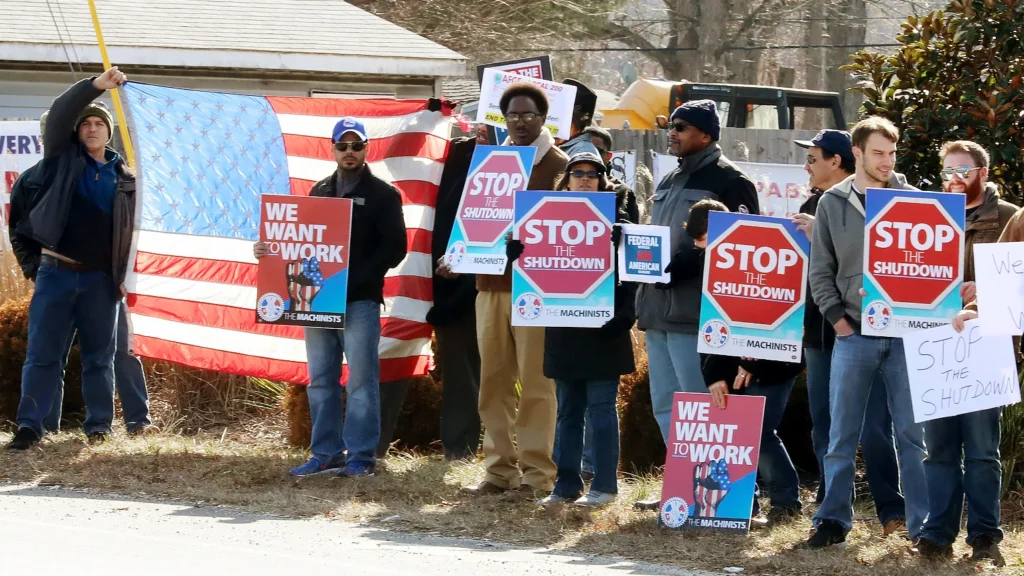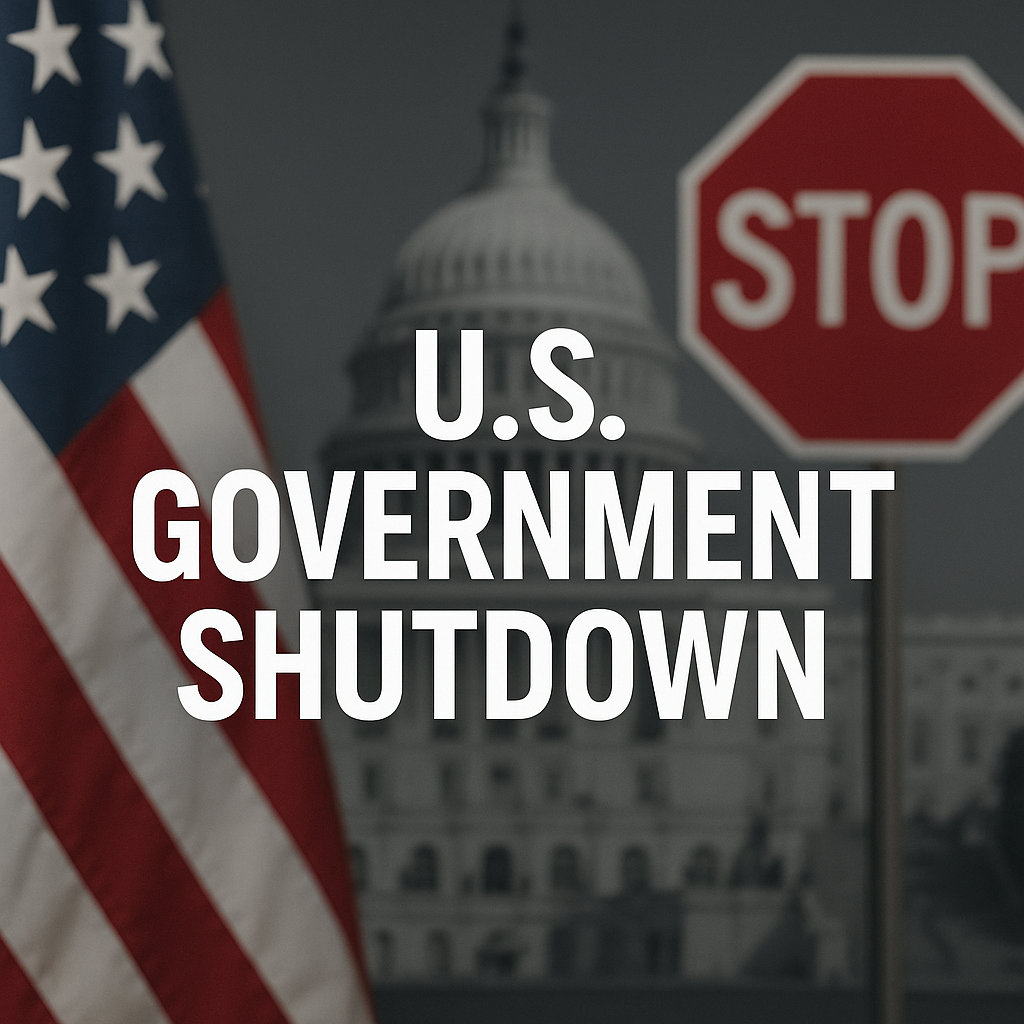WASHINGTON D.C – October 2, 2025- The United States has entered yet another government shutdown after Congress failed to pass a budget agreement before the fiscal year deadline. This shutdown, now in effect, has brought federal operations to a halt, sparking concerns over economic stability, citizen services, and political accountability.
The deadlock arose from deep divisions in Congress over budget allocations for defense, healthcare, and social programs. Negotiations extended into the late hours, but partisan disputes prevented any resolution. As a result, federal agencies deemed “non-essential” have suspended operations, and hundreds of thousands of federal workers face unpaid furloughs.This marks one of the most significant political standoffs in recent years, with analysts warning of economic and social consequences if the shutdown extends beyond a few days.
Political Reactions
The White House blamed Congress for “political theatre at the expense of citizens,” while opposition leaders accused the administration of inflexibility in negotiations. Meanwhile, citizens are left to deal with delays in critical services, from Social Security claims to small-business loans.

Nearly 800,000 federal employees face furloughs without pay, while millions of Americans encounter disruptions in daily services. National parks, museums, and non-essential public offices have closed their doors. Processes such as passport issuance, visa approvals, and small-business loan applications are either delayed or frozen entirely.
Critical services, however, remain functional: military operations, emergency response systems, and air traffic control continue to run, albeit under strained budgets.
Immediate Effects
- Government Services: National parks, museums, and several public offices are closed. Passport processing, visa issuance, and research funding have stalled.
- Federal Employees: Nearly 800,000 workers face uncertainty, with many required to work without pay until a deal is struck.
- Markets and Economy: The shutdown rattled global markets. Investors are wary of prolonged instability, with U.S. Treasury yields fluctuating sharply.
The U.S. government shutdown presents a complex mix of advantages and disadvantages that highlight both the strengths and weaknesses of political brinkmanship. On the positive side, supporters view shutdowns as a mechanism for fiscal accountability, forcing lawmakers to confront difficult but necessary conversations about government spending, inefficiencies, and potential waste. They also provide political leverage, allowing legislators to push for budgetary reforms or policy priorities that might otherwise be sidelined in routine negotiations. However, the drawbacks are far-reaching. Shutdowns impose severe economic strain, disrupting federal operations, slowing down businesses that rely on government contracts, and shaking investor confidence at home and abroad. The impact trickles down to ordinary people through public inconvenience, as citizens face delayed paychecks, stalled services such as passport processing or loan approvals, and interruptions in daily life, including travel and tourism. Moreover, frequent shutdowns damage global credibility, weakening the U.S.’s reputation as a reliable and stable economic power, while complicating trade negotiations and international partnerships. Ultimately, while shutdowns may sharpen debates on spending, they come at a heavy cost to economic stability, public trust, and America’s standing on the world stage.
What’s Next?
Economists suggest that a short shutdown may have minimal long-term economic impact, but an extended one could dent GDP growth and consumer confidence. Political analysts warn that public frustration may weigh heavily in upcoming elections, with both parties vying to avoid blame.
As negotiations continue, the nation watches closely—balancing between fiscal responsibility and functional governance.
For more exclusive insights into global politics and technology, visit us dailat www.whitehorsedaily.com











Leave a comment